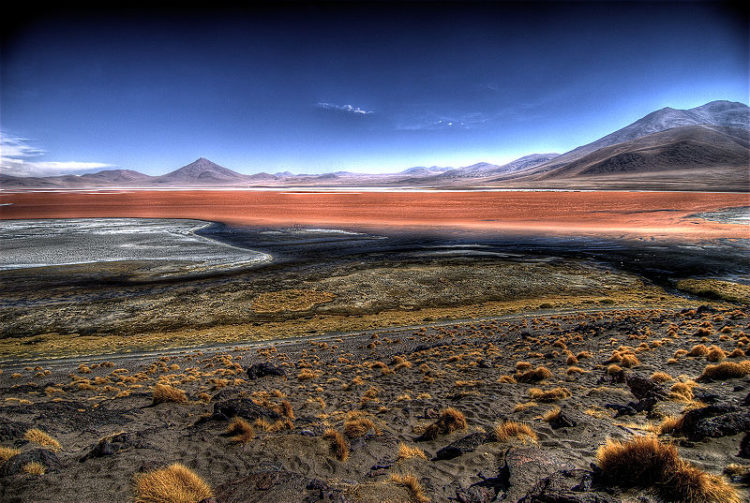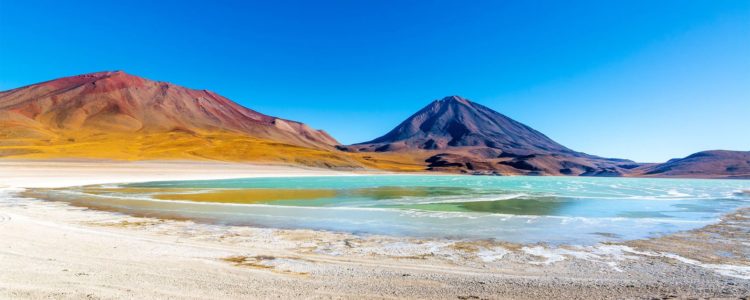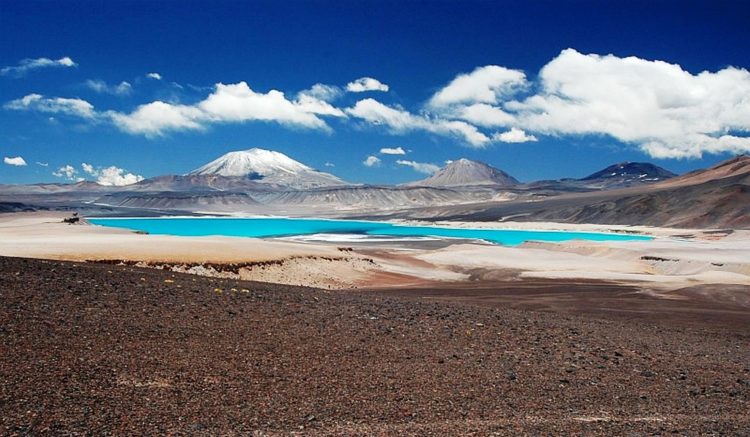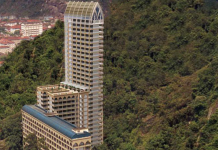Southwest Bolivia contains some of the world’s wildest and most remarkable landscapes. This area has the Laguna Verde, backed by the dormant 19,555ft Licancábur volcano. Laguna Verde is also called the “green lake” actually a salt lake in an endorheic basin, in the southwestern Altiplano in the Sur Lípez Province of the Potosí Department in Bolivia.
The isolation surrounding area of Laguna Verde attracts daring tourists captivate to it by their love of the outdoors, photography, and surreal scenery. Swimming is not advised in Laguna Verde due to the high mineral content in the water, despite its beauty.
Laguna Verde is close to the Chilean border, at the foot of the volcano Licancabur. In the backdrop of the lake, they are the perfect cone shape of inactive volcanoes. Licancabur is believed that an ancient crypt used to be at its peak. Moreover, NASA used the upper reaches of Licancábur for tests to prepare for future missions to Mars.
The Laguna Verde covers an area of 1700 ha, and a narrow causeway divides it into two parts. It is at the southwestern extremity of the Eduardo Avaroa Andean Fauna National Reserve and Bolivia itself. It has mineral suspensions of arsenic and other minerals which renders color to the lake waters.
Its color varies from turquoise to dark emerald depending on the disturbance caused to sediments in the lake by winds. Therefore, icy cool winds are a common marvel here. The lake waters can reach temperatures as low as -56 degrees C. Because of its chemical composition, its watered still remain in a liquid state. It is 30 kilometers far from Plaques Lake.
Laguna Verde is located within Eduardo Avaroa Andean Fauna National Reserve and is roughly 4,300 meters above sea level. This mesmerizing green lake makes it famous is its color variation; depending on the weather and time of day, it can appear turquoise or emerald green.
This is one of some striking colored lakes, including the Laguna Colorada. Where the fiery red waters and arctic-white shores are a result of salt and borax deposits. In contrast with the colors of the lake’s three species of breeding flamingos. Also, you can climb the volcano or join a tour of the lakes and other landscapes, including the vast and similarly celebrated salt pans to the north.
Read More: Playa de Gulpiyuri – A Strange Beach in the Middle of a Meadow
















